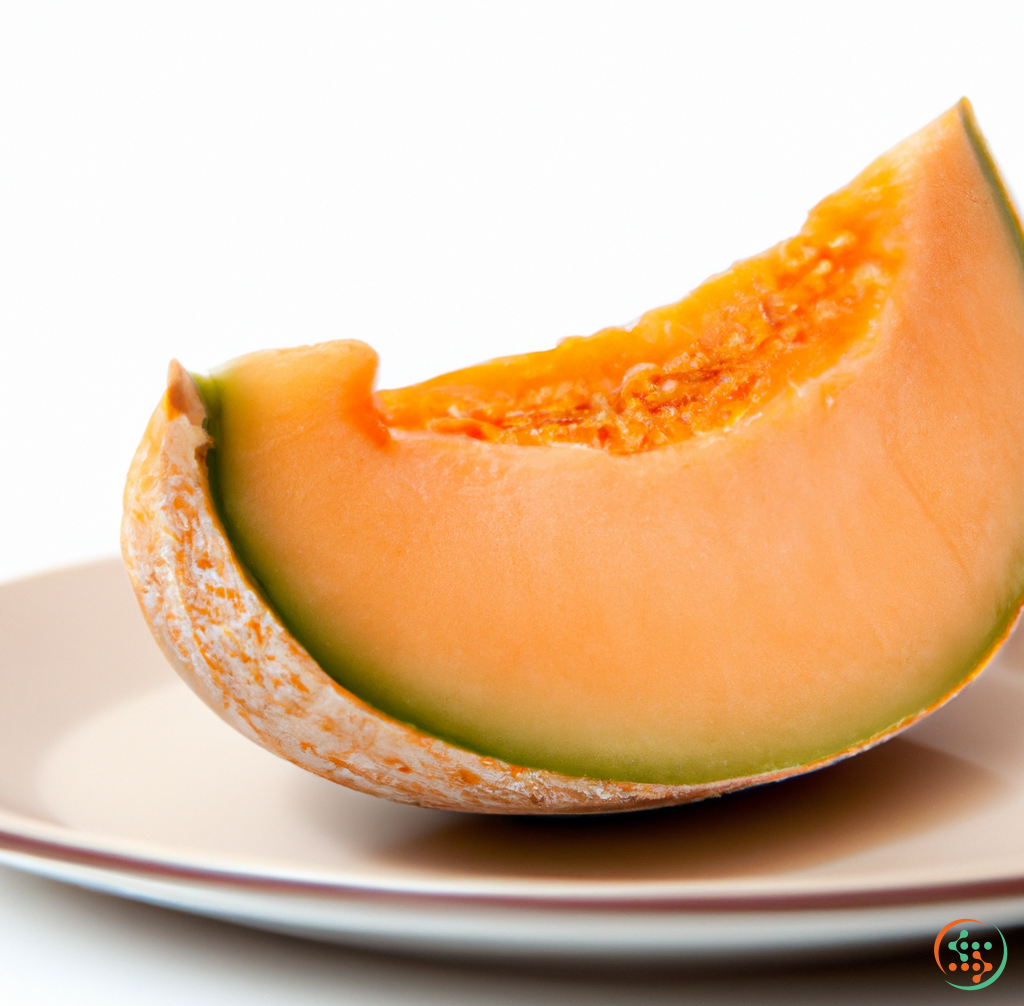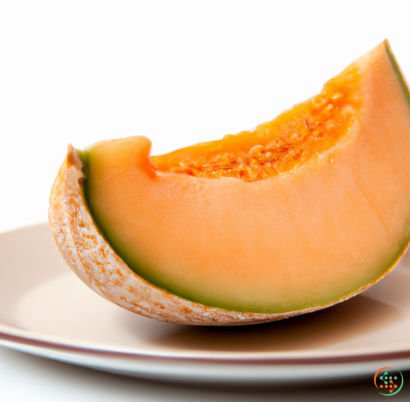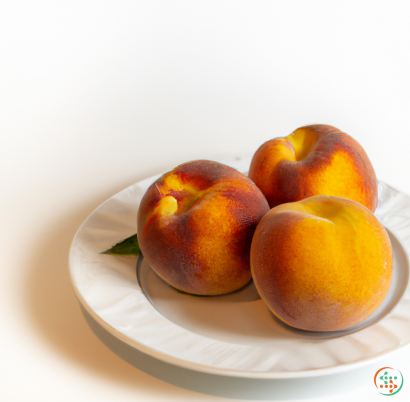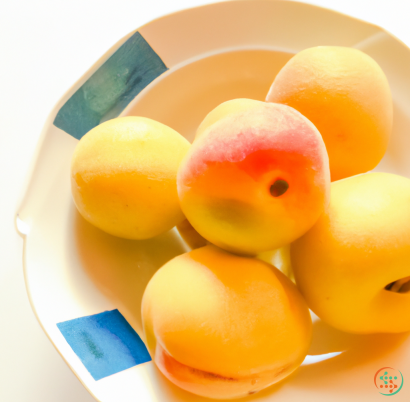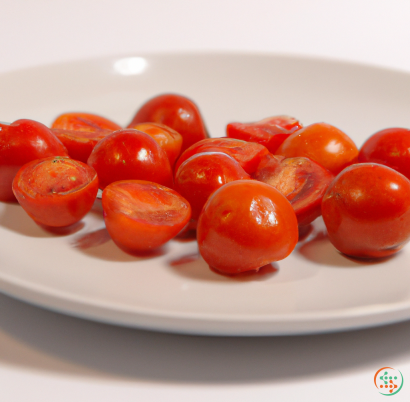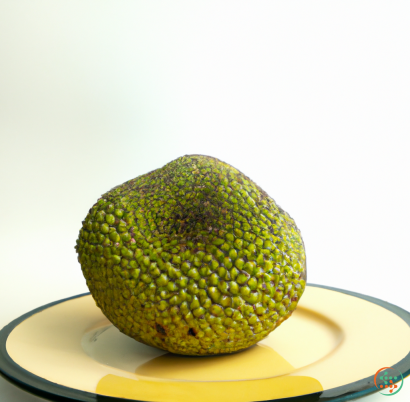Cantaloupe Melon
A cantaloupe melon (Cucumis melo) is one of the oldest cultivars of melon and a favorite among many. It's an annual vine with coarse, rounded to lobed leaves and bears delicious melons typically weighing between two to five pounds each. Its outer skin is hard yet smooth, and a creamy yellow-orange color with a slightly ribbed texture. When it's fully ripe, it has a sweet musky aroma and is typically eaten fresh, in salads, smoothies, and more.
Some of the earliest mentions of a cantaloupe melon come from documents from the ancient Egyptians. In several hieroglyphics from around 1550 BC, melons are illustrated in scenes depicting sacrifice and mourning. Although the plant is native to tropical Africa, it's believed that by 500 BC, it had been incorporated into the diets of the Mediterranean and ancient Greece, appearing in recipes and used as a medicinal plant. It's also believed that the Romans used this melon during fasting with their breakfasts, as it was thought to contain beneficial health properties.
Through the Crusades, this type of melon was introduced to much of Europe, later making its way to the United States and other parts of the world. By the 19th century, this melon had become a popular staple in American diets.
The plant itself grows to about five to seven feet in length and bears a number of look-alike melons. Most have a smooth and often ribbed or netted outer skin, while some have slightly indented ridges at the point—these are referred to as "netted" varieties. The flesh of the cantaloupe usually has an orange or yellow-orange color and it typically contains up to a dozen seeds.
Cantaloupe melons are a good source of vitamins and minerals with particularly high concentrations of Vitamin A, Vitamin C, and potassium. They are also a good source of dietary fiber and a variety of naturally occurring phytochemicals (plant compounds) including carotenoids, glycosides, and flavonoids.
Some of the most popular ways to enjoy cantaloupe melon include cubed and added to green salads, blended into smoothies, or simply eaten raw as a snack. Cantaloupe pairs well with both savory and sweet dishes, like grilled chicken and salad, fruit salads, sorbet, or packed in lunch boxes. Although not as sturdy as a honeydew melon, it still keeps for about five to seven days in the refrigerator.
Growing cantaloupe plants is relatively simple and it'll take about 75 to 90 days from the time you plant the seed until the fruit is ready to harvest. They need plenty of sunlight and usually like fast-draining soils with a pH of 6.0 to 6.8. They should be watered regularly and grow best when they are provided with regular feedings of a balanced fertilizer or compost tea.
All in all, the cantaloupe melon is a delicious and nutritious fruit that is perfect for summer snacking and a great addition to salads, smoothies, and other dishes. Whether you choose a seeded or netted variety, it’ll surely be a tasty treat!
What is a Cantaloupe Melon and How Does it Go from Plant to Plate?
Cantaloupes, also called muskmelons, are a type of melon that is grown in warm climates around the world. Depending on the variety, cantaloupes are typically about the size of a football, have a ribbed white to pale yellow rind and a sweet, juicy orange flesh. Although considered a summer fruit in the United States, cantaloupe season can start as early as May and go all the way until October.
The cantaloupe melon is actually a “true melon,” meaning that it belongs to the Cucurbitaceae family, which includes cucumbers, squash and gourds. One of the most widely cultivated varieties of true melon is the cantaloupe, which originated in the Mediterranean region more than 6,000 years ago.
From planting to harvest, cantaloupe plants have an interesting life journey that leads the sweet, juicy melon to the dinner plate. In this article, we will explore the process of growing and harvesting cantaloupe melon and how it ultimately makes its way to your plate.
Planting
Cantaloupes are a warm-season crop that are planted in the spring, typically when ground temperature is above 65 degrees. Before planting, the soil should be tested to determine the nutrients which will be needed to support the plants. If a soil test reveals that more nitrogen is needed, a supplemental dose can be applied.
When it comes time to plant cantaloupes, farmers will typically use either certified organic seeds or seeds that have been bred for certain traits. Once the seeds are chosen and the soil is ready, they are generally planted in mounds or hills of soil. The mounds should be spaced 32 inches apart and placed in an area with full sun.
At this point, it’s important to provide additional nutrients to the soil with a fertilizer — such as compost or manure — to give the plants a nutrient-rich environment in which to grow. Once the seeds are planted and the nutrients are added, it’s important to water regularly to ensure that the soil is maintained in moist, but not soggy, condition.
Growth
When all of the conditions are just right, the cantaloupe seeds should emerge in about a week’s time. During the growth process, the vines will ramble outward until they reach the full maturity size for their variety. It’s important to control weeds throughout the growth season, as they can affect the quality and size of the cantaloupe.
When the melons are first forming, they need adequate moisture and nutrition to ensure that they reach full size and sweetness. As the fruits begin to ripen, they will turn yellow and the veins on the rind will start to protrude. The leaves of the vines should be checked regularly for spider mites and other pests to ensure healthy foliage.
Harvesting
Once it’s time to harvest the cantaloupes, they should be picked by hand when they are still slightly green and the stem separates easily from the vine. Gently lifting and rolling the fruits against the ground can help encourage the separation process.
It’s crucial to handle the melons with care as they are incredibly fragile and can easily damage during transport. Cantaloupes will continue to ripen after they are picked, so they should be harvested at the peak of their maturity and allowed to ripen at room temperature.
Once the cantaloupe are harvested, they should be packed into boxes or crates for transport. Prepared for sales, the fruits will then be shipped to retail food outlets or local markets, depending upon the sales location.
Transportation to Plate
Thanks to advancements in transportation, you can now buy cantaloupes throughout the year — even during the off-season. The melons are typically sold in plastic trays in stores, but if you’re looking for an even fresher option, many farmers markets will sell cantaloupe just days after they have been harvested.
When selecting a cantaloupe, it’s important to choose the ripest one possible. Generally, a ripe cantaloupe should have a yellowish netting on the outside, smell sweet and be slightly soft to the touch. After you have picked the perfect fruit, it’s time to prepare it for eating.
The rind of the cantaloupe should be rinsed with cold water and wiped with a clean cloth or paper towel before handling. Use a large knife to cut it in half and remove the seeds. Once the cantaloupe is cut, it can then be scooped out and enjoyed alone or served in a variety of dishes, such as salads or smoothies.
Conclusion
The cantaloupe melon is an incredibly versatile and delicious fruit that has been enjoyed by generations. From planting to harvest, and transport to plate, the journey of the cantaloupe melon can be both fascinating and rewarding. By following the steps outlined in this article, you can confidently grow and enjoy this sweet, juicy fruit.
| Vitamin A | 0.169 mg | |
| Beta-Carotene | 0.00202 grams | |
| Alpha-Carotene | 0.016 mg | |
| Vitamin E | 0.05 mg | |
| Vitamin K | 0.0025 mg | |
| Vitamin C | 0.0367 grams | |
| Vitamin B1 | 0.04 mg | |
| Vitamin B2 | 0.02 mg | |
| Vitamin B3 | 0.73 mg | |
| Vitamin B4 | 0.0076 grams | |
| Vitamin B5 | 0.11 mg | |
| Vitamin B6 | 0.07 mg | |
| Vitamin B9 | 0.021 mg |
| Calcium | 0.009 grams |
Daily Value 1.3 g
|
| Iron | 0.21 mg |
Daily Value 0.018 g
|
| Magnesium | 0.012 grams |
Daily Value 0.4 g
|
| Phosphorus | 0.015 grams |
Daily Value 1.25 g
|
| Potassium | 0.267 grams |
Daily Value 4.7 g
|
| Sodium | 0.016 grams |
Daily Value 2.3 g
|
| Zinc | 0.18 mg |
Daily Value 0.011 g
|
| Copper | 0.04 mg |
Daily Value 0.9 mg
|
| Manganese | 0.04 mg |
Daily Value 0.0023 g
|
| Selenium | 0.4 ug |
Daily Value 0.055 mg
|
| Fluoride | 0.001 mg |
Daily Value 0.004 mg
|
| Tryptophan | 0.002 grams | |
| Threonine | 0.017 grams | |
| Isoleucine | 0.021 grams | |
| Leucine | 0.029 grams | |
| Lysine | 0.03 grams | |
| Methionine | 0.012 grams | |
| Cystine | 0.002 grams | |
| Phenylalanine | 0.023 grams | |
| Tyrosine | 0.014 grams | |
| Valine | 0.033 grams | |
| Arginine | 0.029 grams | |
| Histidine | 0.015 grams | |
| Alanine | 0.095 grams | |
| Aspartic Acid | 0.136 grams | |
| Glutamic Acid | 0.209 grams | |
| Glycine | 0.026 grams | |
| Proline | 0.019 grams | |
| Serine | 0.042 grams |
| Galactose | 0.06 grams |
|
| Glucose | 1.54 grams |
|
| Fructose | 1.87 grams |
|
| Sucrose | 4.35 grams |
|
| Maltose | 0.04 grams |
|
| Total Sugars | 7.9 grams |
per 100g
|
| Palmitic acid (16:0) | 0.04 grams |
|
| Stearic acid (18:0) | 0.01 grams |
|
| Total Saturated fatty acids: | 0.05 g | |
| Linolenic acid (18:3) | 0.05 grams |
|
| Linoleic acid (18:2) | 0.04 grams |
|
| Total Polyunsaturated fatty acids: | 0.09 g | |
| Phytosterols | 0.01 grams |
|
| Total Sterols: | 0.01 g | |
